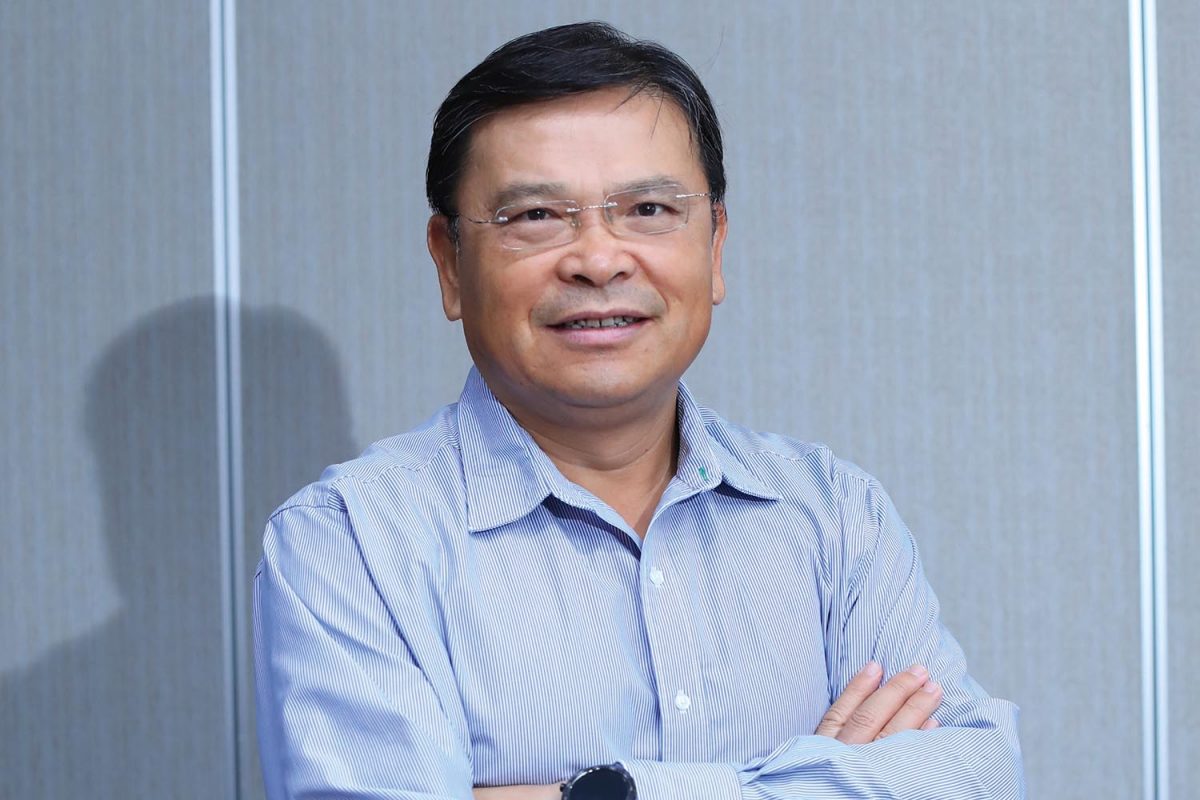A traditional future: Yeqing Li
Huaxin Cement Co’s CEO, Yeqing Li, is embracing his vision for the company – to build it into an industry leader within China and beyond.
Yeqing Li first stepped foot into the Huaxin Cement Co more than 37 years ago. What started out as an internship became his career path and an ongoing quest to save the company.

Now, with the help of modern technology, he’s doing just that. The CEO Magazine sat down with Yeqing to discuss how he’s bringing the 100-year-old business into the 21st century.
What key opportunities did you see to promote business development when you first took on the role of CEO? It was the turn of the century when I became the company’s CEO.
We were facing severe overcapacity of China’s cement industry, and an extremely unreasonable technical structure. China was entering the World Trade Organisation and I saw key opportunities for the business.
I realised that if Huaxin Cement Co wanted to survive and grow in the fierce market competition of the 21st century, it must achieve the best benefits with the cheapest investment and most advanced technology.
I also knew it should be done before the Chinese cement market was re-segmented and that we needed to expand our business through choosing the best locations that were close to its resources as well as its market. Did you develop a specific strategy to achieve this?
Yes, we formulated and implemented a ‘cross-shaped’ development strategy with the Yangtze River Basin as the horizontal axis and the route from Beijing to Guangzhou as the vertical axis.
We then focused on the central region, taking into account the Yangtze River Delta and the western region.
At the same time, Huaxin Cement brought its core cement business into full play, actively promoted vertical integration and began stepping into businesses that produced aggregate, mineral powder and environmentally friendly alternative raw fuel – while not forgetting the downstream business that produces concrete.
What would you highlight as your greatest achievements?
When I first came to the Huaxin Cement factory for an internship during my college days, the impression I got from the cement plant was that it was ‘grey’.
The equipment was ageing and was operating on a small scale yet there was a large staff. The costs were high but there was low efficiency. Even then, I had this belief that I wanted to save the company. Over the past 37 years, I think I’ve done that.
What will be your key areas of focus over the next 12–18 months?
Besides focusing on the challenges and opportunities brought by COVID-19 to the industry, I will continue to focus on new building materials, the role of the cement industry in the construction of waste-free cities, the digital transformation of intelligent manufacturing in the building materials industry and overseas development.
The purpose is to promote further upgrades, transformation and high-quality development within the cement industry while creating greater value for society, employees and shareholders.
What gives Huaxin its point of difference in the marketplace?
It is very rare to have ‘100-year-old shops’ among China’s physical industrial enterprises. Huaxin was founded in 1907, which makes it the only ‘100-year-old shop’ in the cement industry.
Huaxin strongly supported the construction and development of New China, from the Great Hall of the People, the Monument to the People’s Heroes and other major buildings in Beijing.
From Gezhouba to the Three Gorges Dam, from the Beijing-Zhuhai Expressway to the Qinghai-Tibet Railway, Huaxin Cement has built so many monuments. This century-old and profound brand is unique to other peers in the industry.
What is your overall vision for the company’s future?
The company formulated a new and challenging multiplication plan at the beginning of this year; that is, to continue maintaining Huaxin Cement’s rapid growth in performance in the next five years, and to truly build the company into an industry leader within China and on an international level.
I also wish for Huaxin to become a greatly respected company and to enjoy another 100 years of glory. My team and I are very confident that we will be able to realise this dream.
What key learnings from your professional history have helped shape your leadership style today?
I appreciate the saying ‘passion makes dreams’. You cannot accomplish a successful career without passion. But everyone knows that when you are doing business, it’s easy to succeed in the short run but it’s difficult to maintain this in the long run, especially for a century-old enterprise like Huaxin to have continuous and stable development.
Therefore, as well as having passion in our work, we also need rational analysis and strategic foresight to succeed.
What is your leadership philosophy?
A leader needs to be results-oriented, responsible, firm-willed, persevering, passionate and rational.
What’s the best piece of advice you’ve been given?
Your mindset determines the height you achieve, while perseverance determines your success or failure.
Proudly supported by: